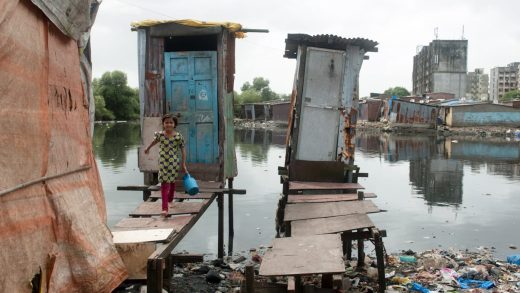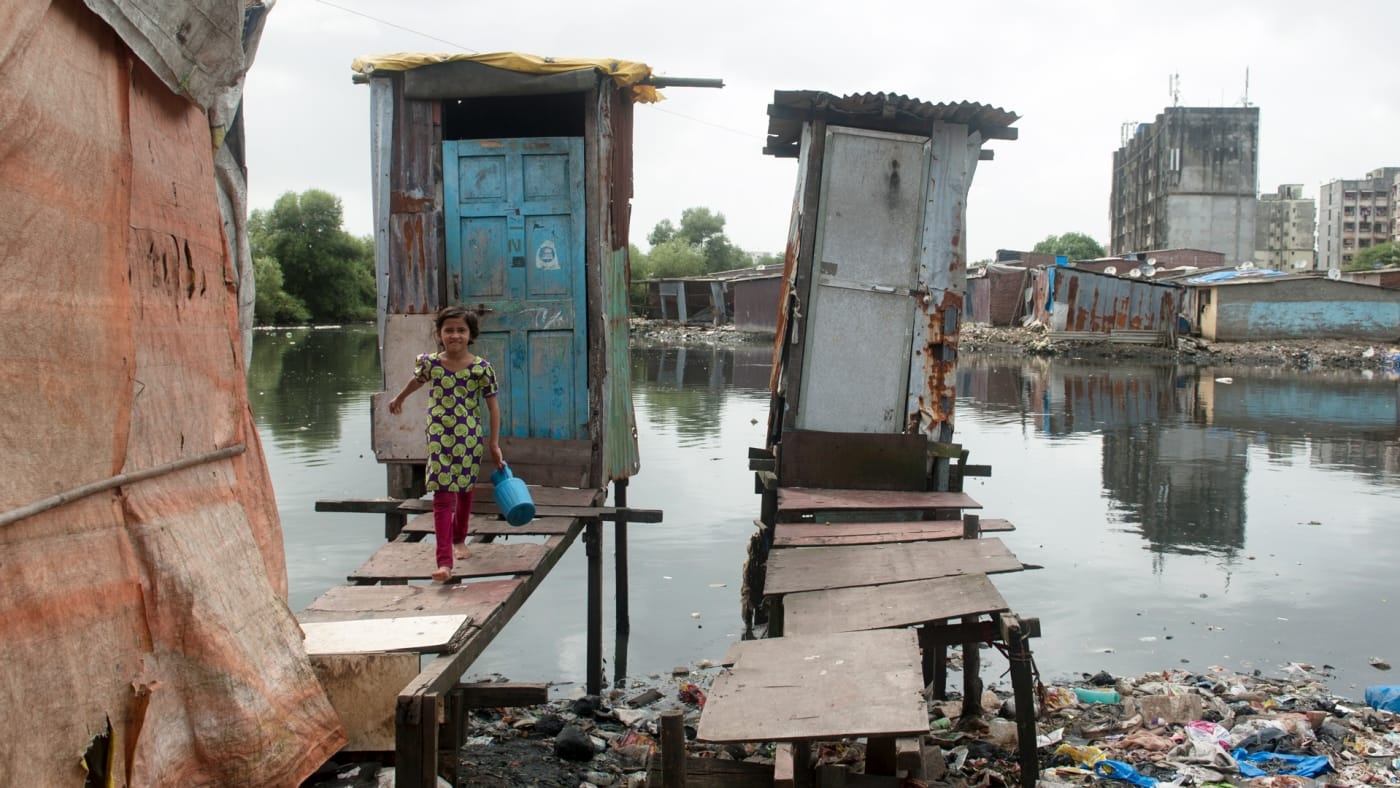A new plan will bring toilets to 250,000 people who need them
As things currently stand, progress on the Sustainable Development Goals—17 benchmarks, ranging from reducing inequality to achieving zero hunger—is uninspiring. Most countries have made few, if any, substantial improvements across the categories.
A new partnership between UNICEF and LIXIL, one of the largest home and water product suppliers in the world, aims to jumpstart progress on one of the goals: SDG 6, which mandates improved access to clean water and sanitation for all. Around 2.3 billion people in the world currently don’t have access to a clean, safe toilet. By 2021, LIXIL and UNICEF want to help lower that number by 250 million to supplement progress on SDG 6. “There aren’t any impossibilities or any lack of technology posing a barrier to access,” says Jin Montesano, chief public affairs officer for LIXIL. “But it is a very complex issue that requires more focus on solutions and partners coming together to accelerate progress on the goal.”
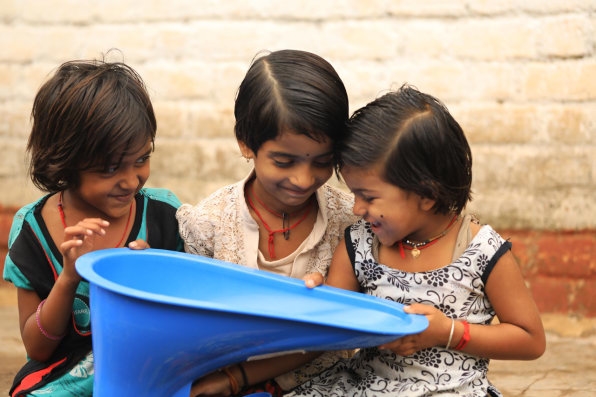
By teaming up, LIXIL and UNICEF will be able to use their relative skills to tackle access to sanitation from both the demand and supply side. Beginning in three countries—Kenya, Ethiopia, and Tanzania—UNICEF will use its on-the-ground presence to launch educational campaigns and consult with communities that currently lack access to a toilet. Outreach will focus mainly on rural parts of the country, says Andres Franco, UNICEF’s deputy director of private-sector engagement, because over half of the global population without access to good sanitation lives outside of urban areas.
“What we’ll be doing is creating demand for better sanitation,” Franco says. Lack of access to good, clean toilets can have deleterious effects on communities, leaving people with no choice but to defecate in the open, which pollutes waterways and perpetuates the spread of diarrheal diseases that kill as many as 288,000 young children each year. UNICEF’s teams across the three African countries will educate rural communities about the benefits of sanitation infrastructure to incentivize use and end the practice of open defecation.
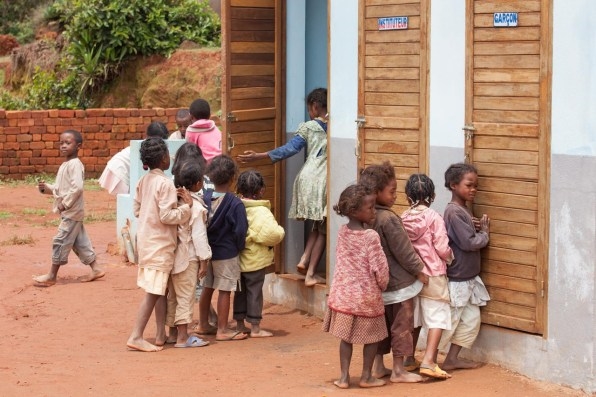
“It’s often a challenge to get through cultural circumstances and barriers to behavior change in a community and get a family to the point where they actually say, ‘I want a toilet,’” Franco says. And it’s often frustrating for people in communities if they reach that point, and no toilet materializes for them. That’s where the LIXIL side of the partnership comes in. While LIXIL makes plenty of high-end toilets, the product manufacturer has also developed a range of toilets called SaTo (short for “safe toilets”) that are both affordable and can operate independently of sanitation infrastructure—because most parts of the developing world this initiative is trying to reach do not have plumbing. The toilets require just a half a cup of water per use to rinse, and feature a self-sealing “trapdoor” that eliminates odors and flies-two major barriers to use. And because they’re made with simple materials, they’re extremely cheap to both manufacture and install.
SaTo has received funding from the Gates Foundation, and is already serving around 6 million people across Asia and Africa. In Kenya, Ethiopia, and Tanzania, LIXIL representatives will work with communities and families to ascertain which of the SaTo toilets will best fit their needs. Over the course of the next several years, LIXIL anticipates deploying hundreds of thousands of SaTo units across the three target countries, using its own financial resources to do so.
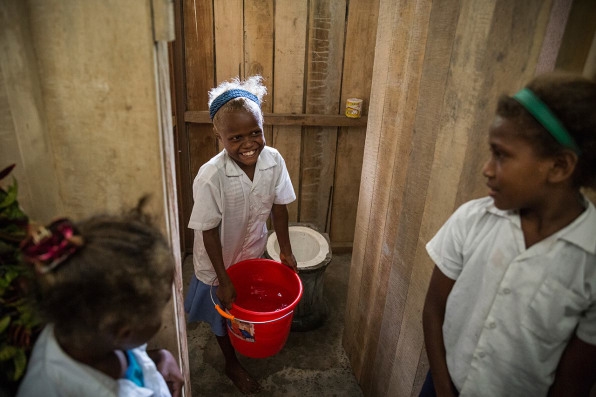
“UNICEF and LIXIL have complementary strengths—UNICEF is an expert at working with communities and creating demand, and LIXIL knows how to make innovative toilets,” Montesano says. “By working together and going community by community, we’re going to be able to address the issue much better than we were able to before, by working independently off individual company targets and just hoping for the best, that our products were reaching people in need.”
While this partnership is focused specifically on SDG 6, its implications for progress on the other SDGs could be significant, Montesano says. “Sanitation is something that impacts so many other areas—health, for one, but also education: We know that girls drop out of school once they get their period if they don’t have a clean, safe place to go to care for themselves,” she says. Though 250,000 is just a fraction of the 2.3 billion people in need, Montesano and Franco feel that if they can prove that this partnership works, it’ll set them on the path for reaching many more by 2030–the target date for the SDGs.
(17)

